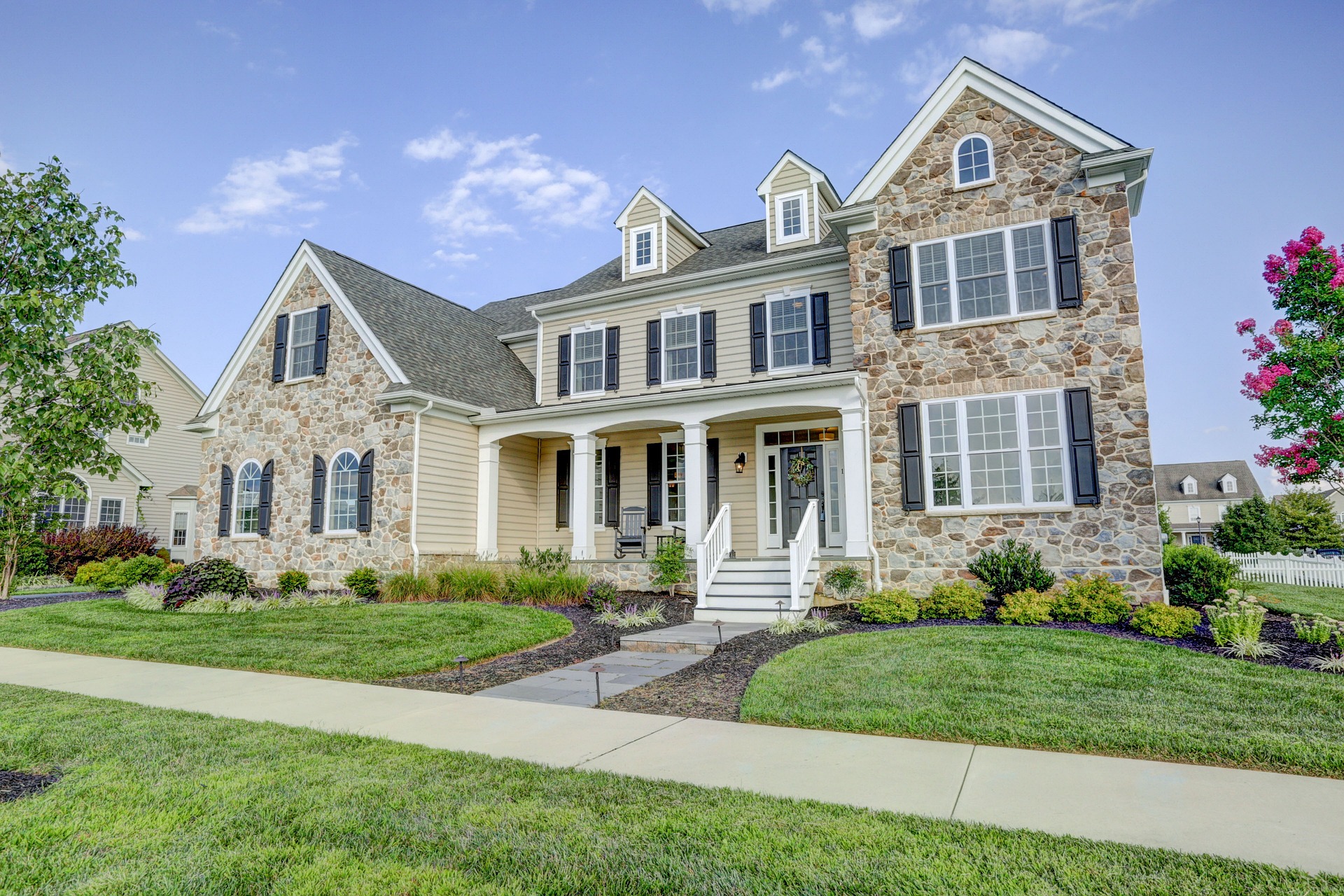How to understand Health and Wellness in Real Estate
The real estate industry is experiencing a paradigm shift, with health and wellness becoming a significant factor in property value. This trend is reshaping the industry, influencing both residential and commercial real estate. Read below to understand how health and wellness are transforming the real estate landscape.

The Rise of Wellness Real Estate
Wellness real estate, a concept that integrates health and wellness elements into the design, construction, amenities, and services of homes and buildings, is gaining traction. This trend is driven by a growing awareness of the impact of the built environment on our physical and mental health. Developers are now focusing on creating spaces that promote healthy lifestyles, incorporating features like natural light, air quality systems, green spaces, and wellness amenities.
Health and Wellness in Residential Real Estate
In residential real estate, health and wellness are becoming key selling points. Homebuyers are increasingly looking for homes that support their wellbeing. This includes features like open spaces for physical activity, access to nature, and smart home technology that monitors air and water quality. Developers are responding by building homes with wellness in mind, integrating features like fitness centers, community gardens, and wellness technology.
The Impact on Commercial Real Estate
The commercial real estate sector is also feeling the impact of the health and wellness trend. Employers are recognizing the importance of a healthy work environment in attracting and retaining talent. As a result, office buildings are being designed with wellness features like ergonomic furniture, natural light, indoor plants, and wellness rooms. Retail and hospitality sectors are also incorporating wellness elements to enhance customer experience.
The Future of Health and Wellness in Real Estate
The health and wellness trend in real estate is here to stay. As consumers become more health-conscious, the demand for wellness real estate will continue to grow. This trend presents an opportunity for developers and investors to create value and differentiate their offerings in a competitive market.
Useful Tips and Facts:
- Wellness real estate is projected to grow at a CAGR of 8% from 2020 to 2027.
- Incorporating wellness features can increase property value by up to 10%.
- Wellness amenities can be a significant differentiator in a competitive market.
- Developers can leverage technology to enhance wellness features in their properties.
In conclusion, health and wellness are becoming integral to the real estate industry. This trend is influencing how homes and buildings are designed and valued. As the industry continues to evolve, health and wellness will play an increasingly important role in shaping the future of real estate.




